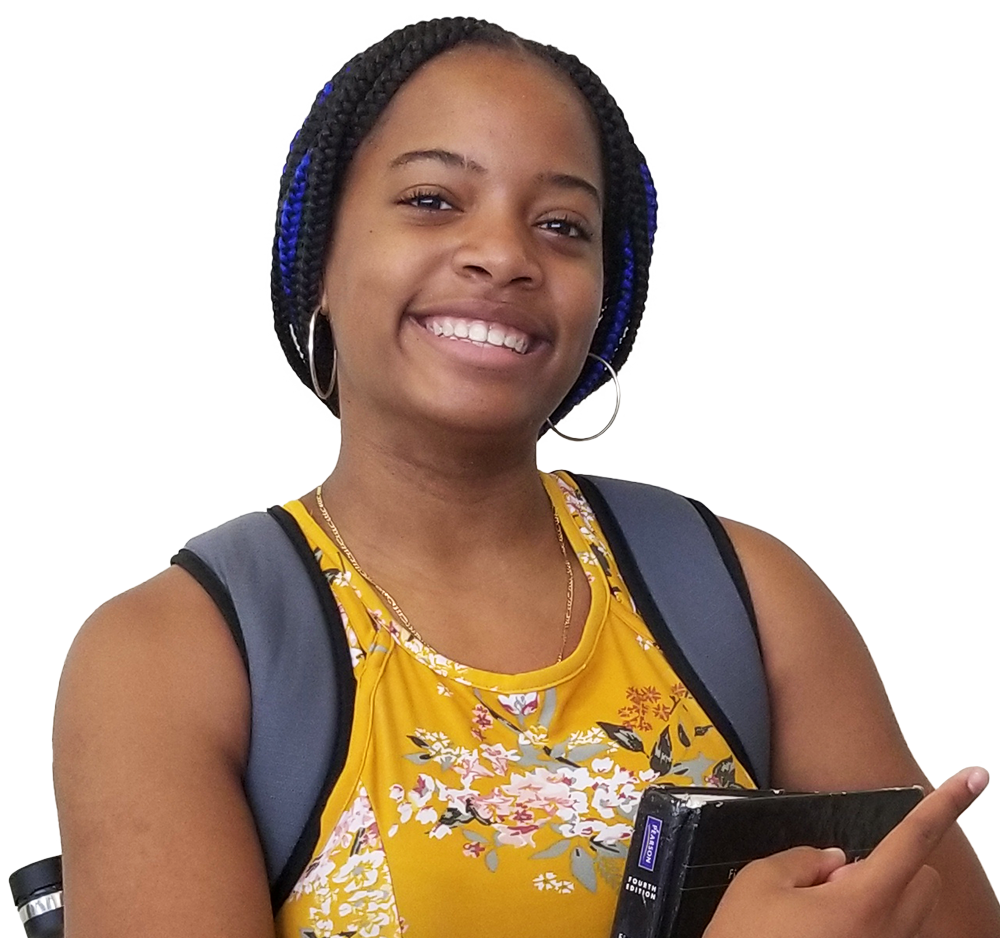Math
The Mathematics program at WMC encourages students to understand that the subject has its roots in God’s orderly creation. The mathematical underpinnings of creation are so pervasive that they are readily accessible through everyday objects and experiences; thus students can use mathematics to better understand and evaluate both natural and social phenomena. Students are encouraged to develop their ability to distinguish the numerical and spatial properties of things, to represent them numerically or pictorially, and to generalize properties. In addition, they should be able to imagine never-ending processes, infinite classes of abstract objects, and consideration of the possible as well as the actual. Students have the opportunity to use physical models, pictorial representations, inductive and deductive methods, intuition, analogy, and comparison to discover the mathematical framework of our world.
ALGEBRA 1: Students use the content learned in Math 7 to better understand the functions of Algebra 1. Algebra 1 students move from arithmetic to mathematics and our creator’s universal language. This course highlights applications using statistics and geometry to develop the algebra of linear equations and inequalities, including probability concepts in conjunction with algebraic functions. Considerable attention is given to graphing and to application of the lessons. Students will do operations with and solve various types of equations and functions: linear equations, systems of equations, and polynomial equations (especially quadratic equations by factoring and using the quadratic formula). At the end of 8th grade, students will take a placement test to determine their high school math placement.
BASIC GEOMETRY: Like the standard geometry class, Basic Geometry emphasizes both organization and developing logical thinking skills in students; this class is for students who need to learn the fundamental concepts of geometry using a step-by-step approach. Mathematical ideas are introduced and reinforced using a variety of methods, including three-dimensional models, manipulatives, construction and hands-on applications. Students who complete the class have been exposed to all of the basic geometry concepts covered by the ACT & SAT.
Prerequisite: Placement by the academic counselor in consultation with the
instructor.
GEOMETRY: Geometry emphasizes organization, developing deductive and inductive reasoning abilities, and improving communication skills. Coordinates, transformations, measurement formulas and three-dimensional figures are presented throughout. To teach writing proofs and other mathematical arguments more effectively, the course lays a step-by-step foundation of prerequisite understanding. Applications abound throughout the course.
BASIC ALGEBRA 2: Like the standard Algebra 2 class, Basic Algebra 2 emphasizes work with algebraic expressions and forms, especially linear and quadratic forms, powers and roots, and functions based on these concepts. Students study logarithms, conic sections, trigonometry, probability, and complex numbers. Students who complete the class have been exposed to all of the concepts covered by the SAT.
Prerequisite: Placement by the academic counselor in consultation with the
instructor.
ALGEBRA 2: Students review and expand upon the basic terminology, notations, concepts, skills, and applications of the previous courses in algebra and geometry. This course emphasizes algebraic expressions and forms, especially linear and quadratic forms, powers and roots, and functions based on these concepts. Students study logarithmic, trigonometric, polynomial and other special functions as tools for modeling real-world situations.
BUSINESS MATH: Business Math covers a wide range of contemporary personal finance-related and business-related math topics such as banking, budgeting, using credit cards, marketing, and calculating and analyzing business costs. A major emphasis of Business Math is the application of these skills to real-world scenarios students can use in their everyday lives.
PRE-CALCULUS: Students study descriptive and inferential statistics, combinatorics and probability, and do further work with polynomial, exponential, logarithmic and trigonometric functions. Enough trigonometry is covered to constitute a standard pre-calculus background in trigonometry and circular functions. Algebraic and statistical concepts are integrated throughout the course, and modeling of real phenomena is emphasized. Students will use a graphing calculator to study functions, explore the relationships between equations and their graphs, analyze data, and develop limit concepts.
AP STATS: The purpose of this two-semester course is to introduce students to the major concepts and tools for collecting, analyzing and drawing conclusions from data. Students will be exposed to four themes beginning with exploring data through describing patterns and departures from patterns. They will sample and experiment through planning and conducting a study. They will anticipate patterns by exploring randomness through use of simulation and probability. Finally students will study statistical inference through estimating population parameters and testing hypotheses.
Prerequisite: Pre-Calculus
AP CALC: AP Calculus is the mathematical tool used to analyze changes in physical quantities. Where there is motion or growth, or where variable forces are producing acceleration, calculus is the mathematics to apply. In previous math courses students learned how to calculate with numbers, that is, to simplify algebraic expressions, work with variables, and reason about points, lines and figures in a plane. AP Calculus involves those techniques and skills but develops others as well, with greater precision and at a deeper level.
Prerequisite: Pre-Calculus

